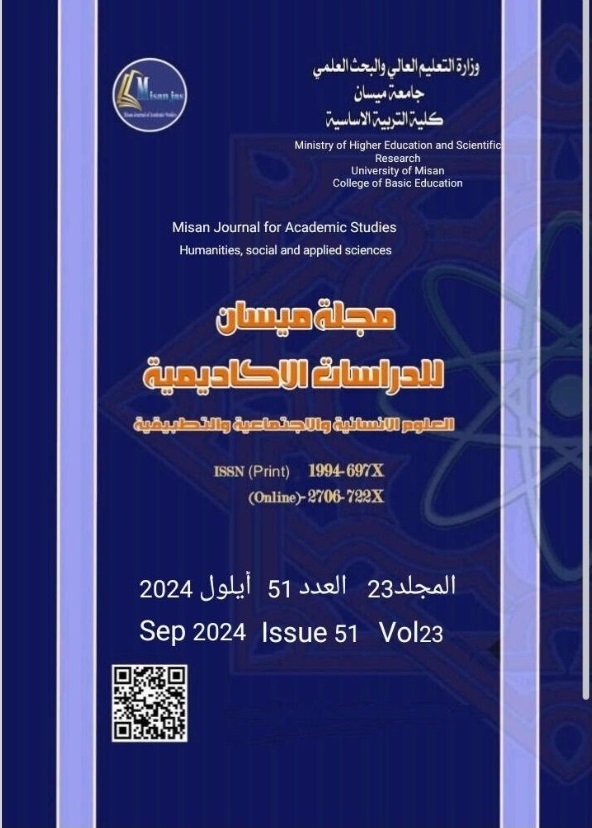Isolate and Identification of Rhizoctonia solani Kühn causing Eggplant rot and accompanying bacteria with toxicity studying of fungicides and their effect in vitro
Abstract
The study was conducted at the Mycotoxin Laboratory, Department of Plant Protection / College of Agriculture / University of Basrah for the period 2023-2024. A set of experiments were performed to evaluate the effectiveness of Beltanol (BT), Carbendazim (MBC) and Thiophanate-methyl (TM) fungicides in controlling Rhizoctonia solani, which causes eggplant root rot. The genetic matching using BLAST revealed that the bacterial isolates that isolated from non-infected eggplant soils were Aeromonas caviae, Enterobacter cloacae and Pseudomonas putida. The toxicity results of fungicides on R. solani also showed the efficiency of the BT in inhibiting the pathogenic fungus by 100% for the tested concentrations of 2, 4, 8, 10, 15, 20, 100, 250, 300, 350, 400 and 500 mg L-1. Both the MBC and TM fungicides demonstrated variation in their efficiency in controlling the pathogen. The toxicity lines confirmed the values of the median effective concentrations (EC50), as they reached 100 and 489.7 mg L-1 for both MBC and TM, respectively. The 50% inhibitory concentration (I50) of BT was estimated at 7.94 mg L-1 for A. caviae, E. cloacae and P. putida respectively. While it was 12.58 mg L-1 for MBC in A. caviae, E. cloacae and P. putida respectively. While it was 31.62 mg L-1 for TM in the case of A. caviae, E. cloacae and P. putida respectively.
Downloads
Copyright (c) 2024 (Humanities, social and applied sciences) Misan Journal of Academic Studies

This work is licensed under a Creative Commons Attribution-NonCommercial-NoDerivatives 4.0 International License.
The copyright is also the copyright of the magazine only.
All articles published in our magazine are subject to license terms
Creative Commons Attribution(CC BY-NC-ND 4.0) This license permits the content to be reproduced, redistributed and reused in whole or in part for any purpose free of charge, without any permission from the author(s), researcher or student.
Works submitted to Maysan Journal of Academic Studies for publication in the journal (CC BY-NC-ND 4.0) license terms. Where available content can be shared, distributed and replicated provided there is no commercial profit and appropriate credit must be given to the original source through sources or citations. It is mandatory to review any material used from other sources including shapes, tables, and images for re-use under the terms of the Creative Commons License (CC BY-NC-ND 4.0).Provided that there is no modification to the original content



